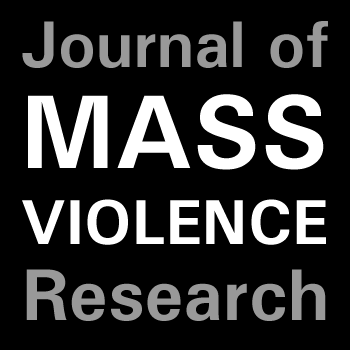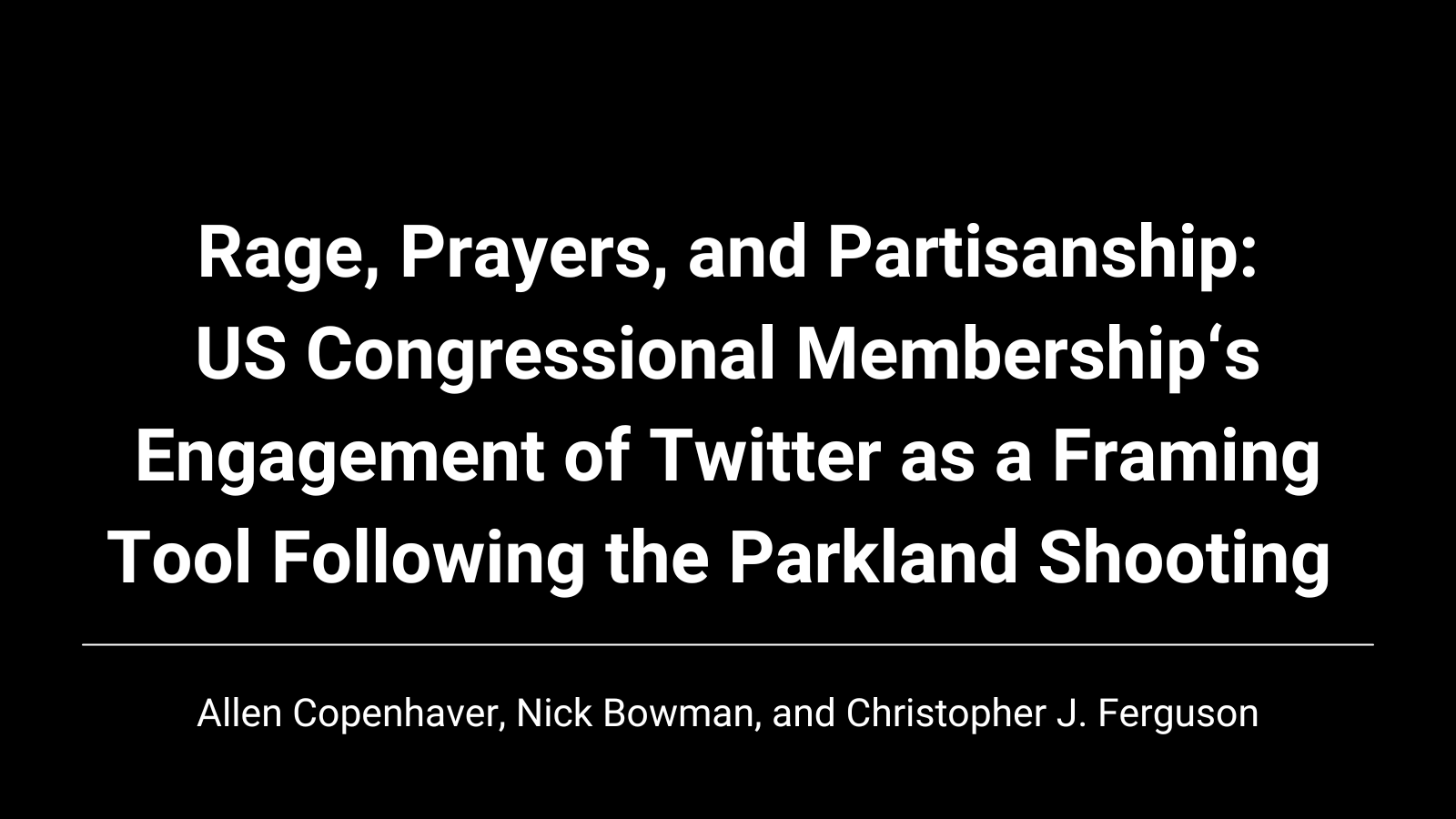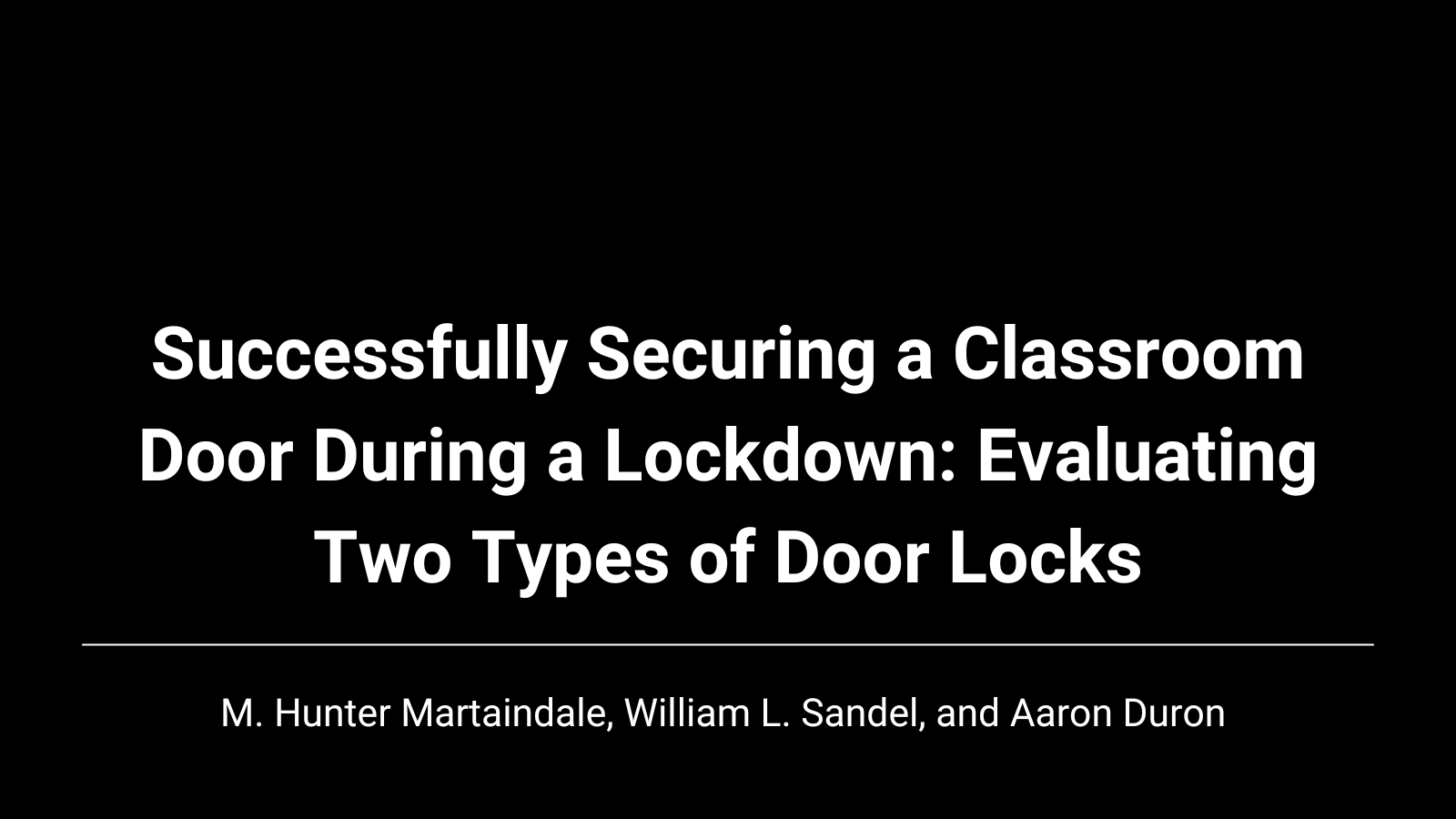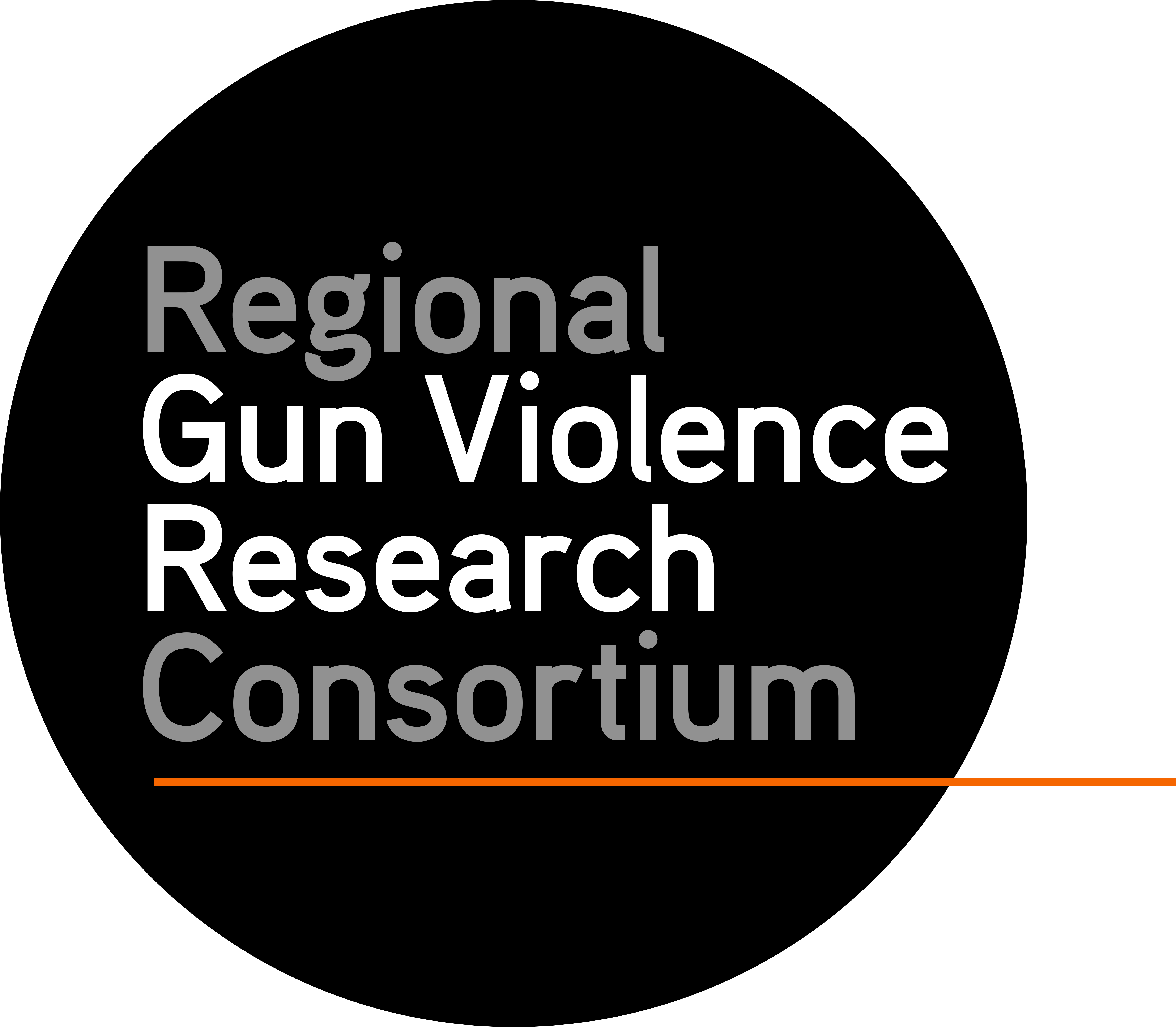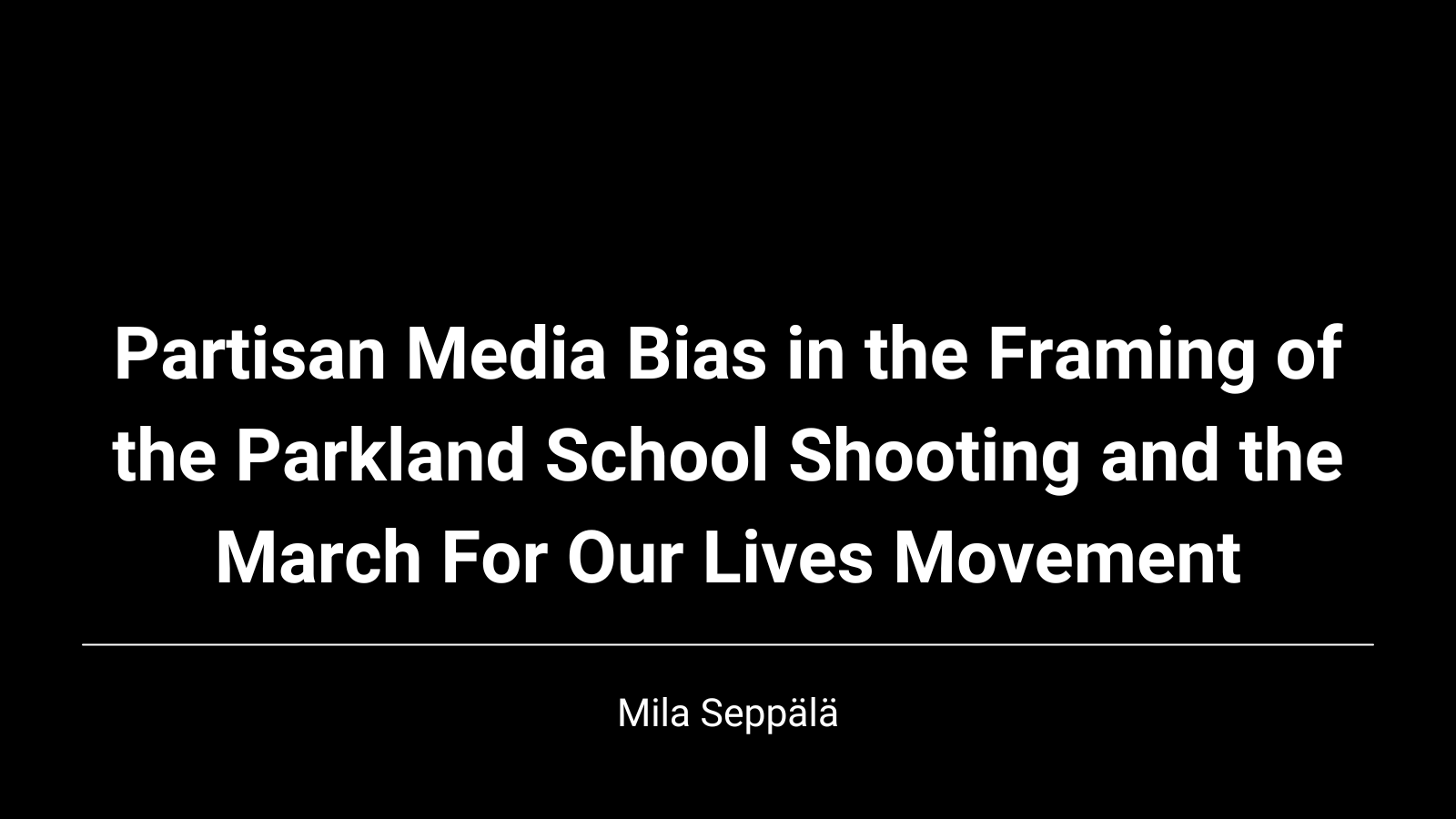
This study examines the role of partisan media bias in the reporting of the Marjory Stoneman Douglas High School shooting in Parkland, Florida on February 14, 2018, and on the March For Our Lives gun control protests that followed the shooting. This study posits partisan media bias at the center of the Parkland shooting. It asks how partisan bias affected the way the media constructed narratives about the shooting and the youth activists who mobilized because of their experiences of victimization. The results show that the national media’s framing of the Parkland advocates and the tragedy itself depended on their partisan orientations. Additionally, the results indicate that there are meaningful differences in the reporting that advocates can strategically use to gain positive coverage from news media.
